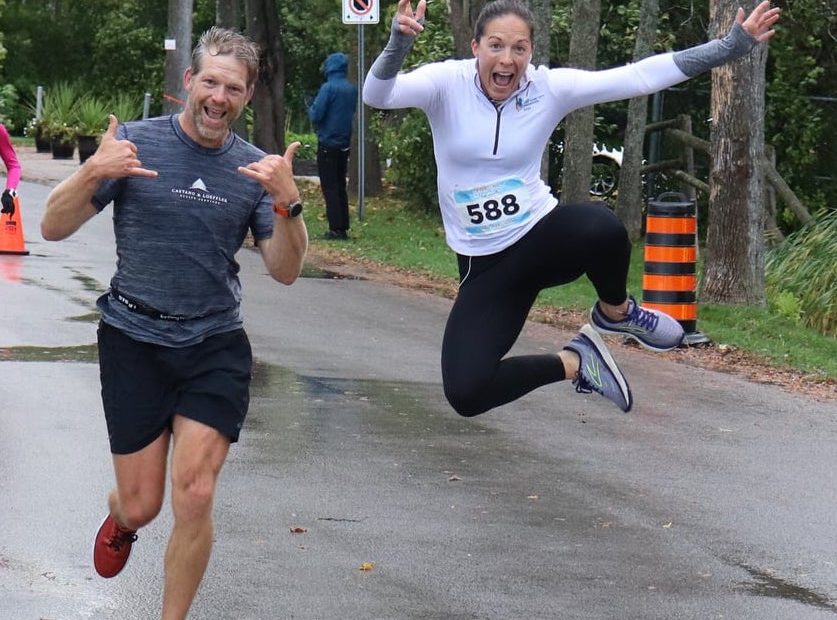The Benefits of Racing Short Distances as You Train for the Big One
If your ‘A’ race this season is a big distance, don’t forget the value of racing shorter distances as part of your training. By including a few shorter ‘B’ races (as in – the results matter less than the experience) into your season, you’ll reach your big race goal with more confidence. The SpringFling was created to give runners a great option to test their legs on the same course they can race in the fall at the Georgina Marathon & Half-Marathon.
Here’s why:
- Tests your fitness – As your long-distance program builds over the course of 12- 16 weeks, you’ll want to gauge your fitness and pace. Some coaches have athletes do a 5km race test early in their training to establish or confirm that they are training in the right heart rate zone and at the right pace. Building on inappropriate numbers can result in under-performing or blowing up. A shorter race provides great metrics for benchmarking.
- Tests your foundation – Run fitness is only part of the equation. Early indicators of niggles that could turn into derailing injuries can show up in the recovery process from a race effort. If you take longer to recover or feel discomfort for several days after a shorter race, there is still time to address the potential imbalances or weaknesses before they’re amplified by longer run distances.
- Tests your mental preparedness – Racing can be stressful, and every runner handles it differently. The best way to overcome race nerves is to practice facing them down and discover potential errors in expectations, strategy or execution.
- Tests your nutrition and hydration – Runners accustomed to running 5km or 10km will find that at the 15km – 20km distance, their hydration and fuelling needs are quite different. The same thing happens even more dramatically for runners who managed to ‘get by’ for their half and discover that 26km – 42.2km is a completely different story. Your gut needs training to handle the amount and type of nutrition you’ll require and your system for managing this also needs practice. Encountering this in a race situation will teach you more than a training run because of the added stressors.
- Tests your gear – Shoes that have been perfect for every training run can become blister-monsters in a race. Whether it’s a change in weather, pace, your choice of socks, or inattention to preventative measures – finding out before the big race day is worth it. The same goes for your shorts, hydration system, watch, hat, hair ties and sunglasses. Get comfortable with your gear and know what happens to it when you’re stressed.
- Tests your mental strength – Racing incrementally longer distances throughout your training or season will teach you how to handle things that can go wrong. How will you react when everyone around you goes out too fast? Can you overcome stopping for an unplanned bathroom break? Can you stay with your plan after being passed by someone who you feel shouldn’t be able to pass you?
Encountering some of these challenges in a race situation will give you the experience you need to execute your long ‘A’ race feeling better prepared. Even seasoned racers can use a refresher on these lessons after a few years of intermittent or virtual racing.

